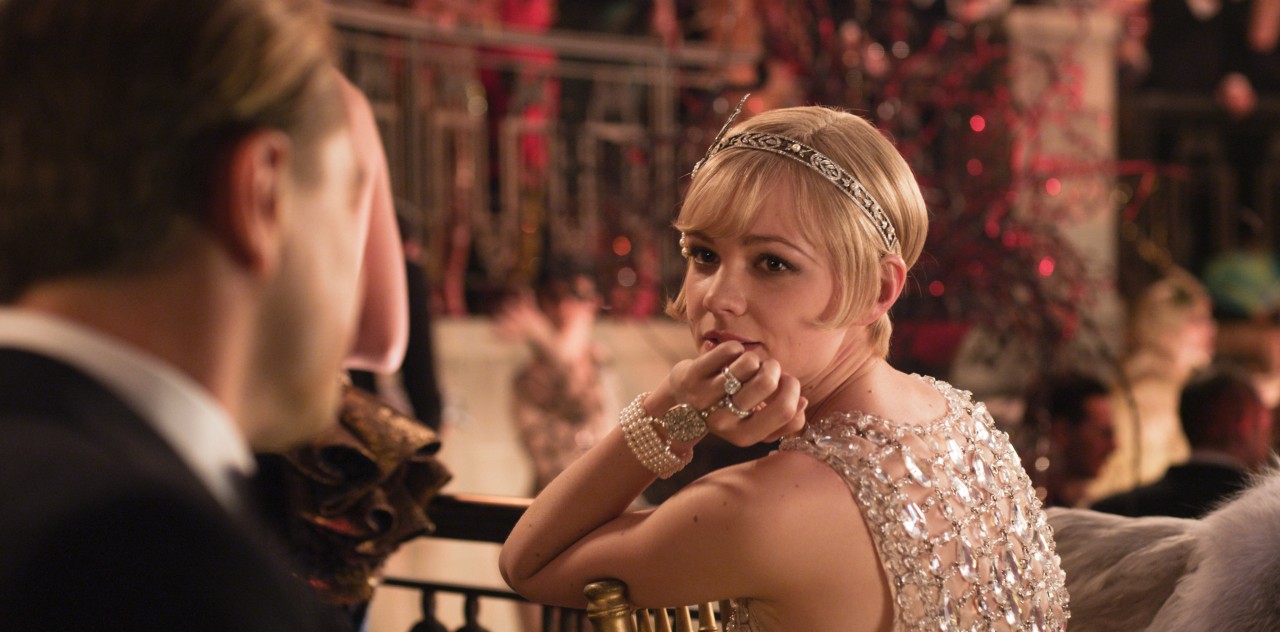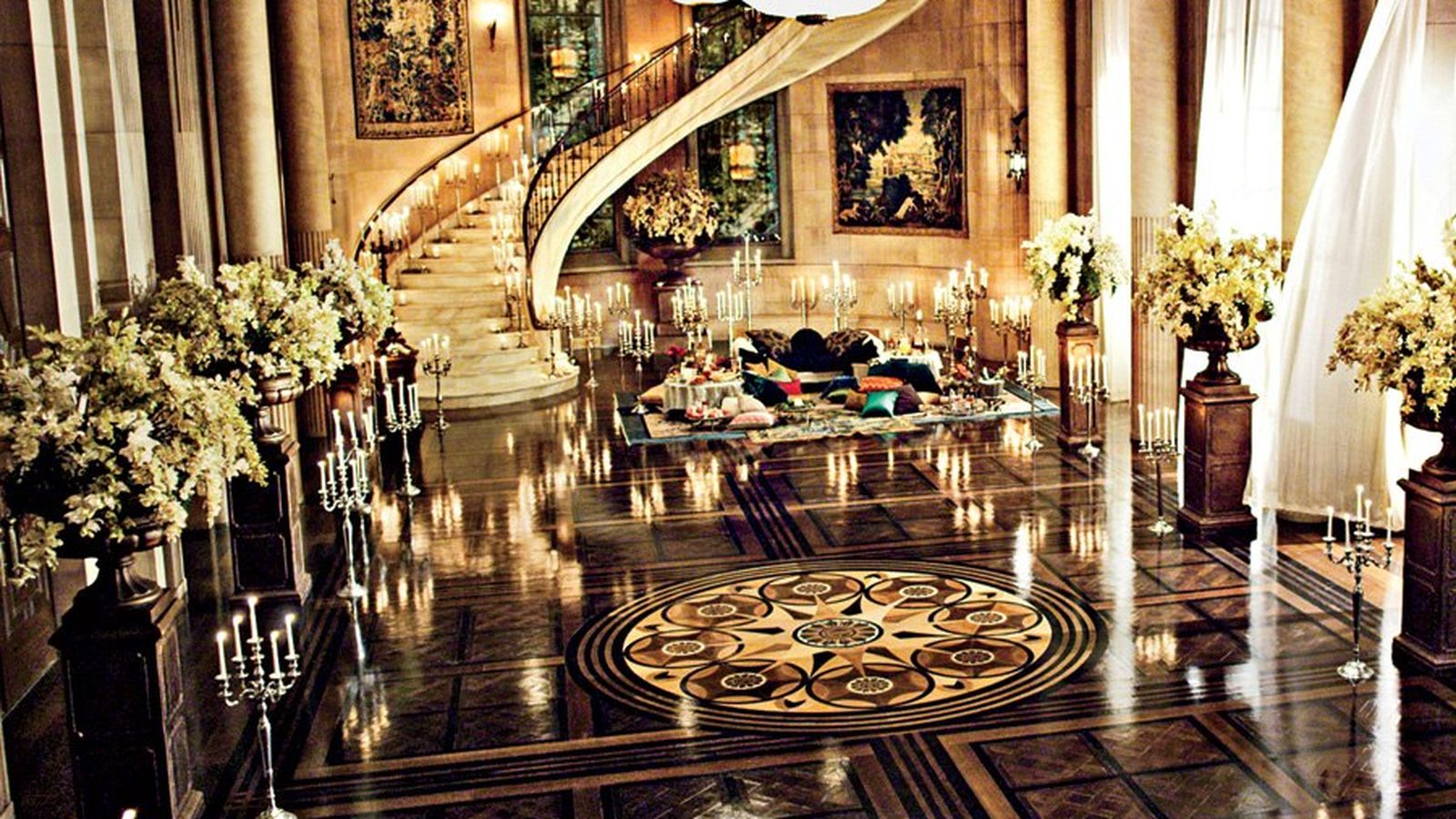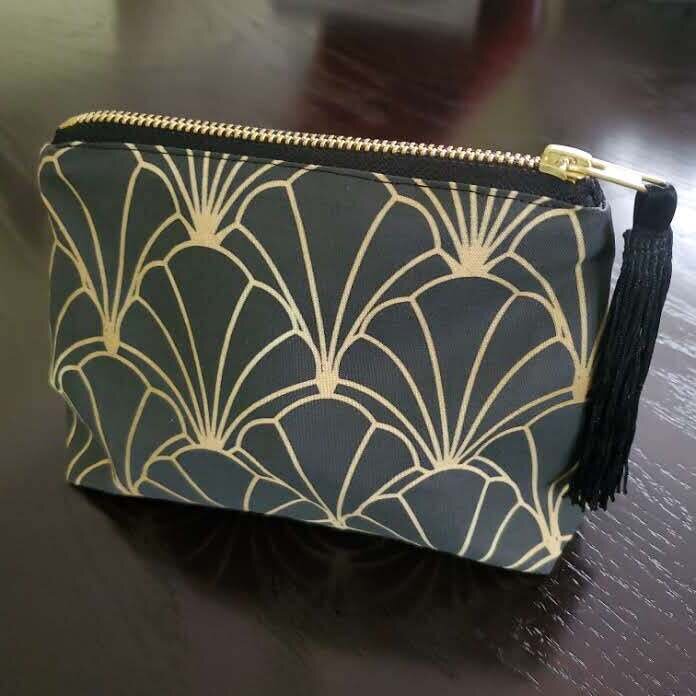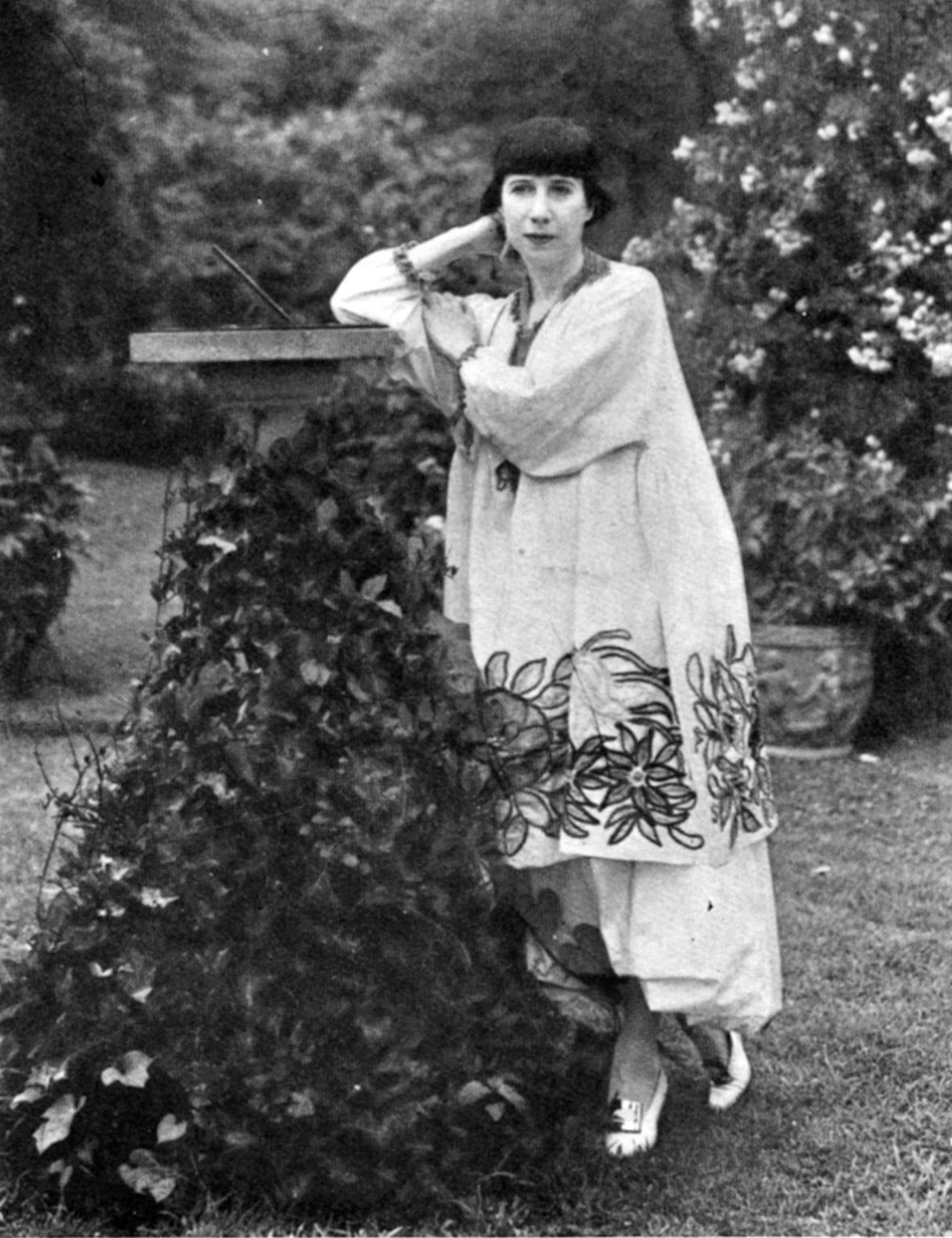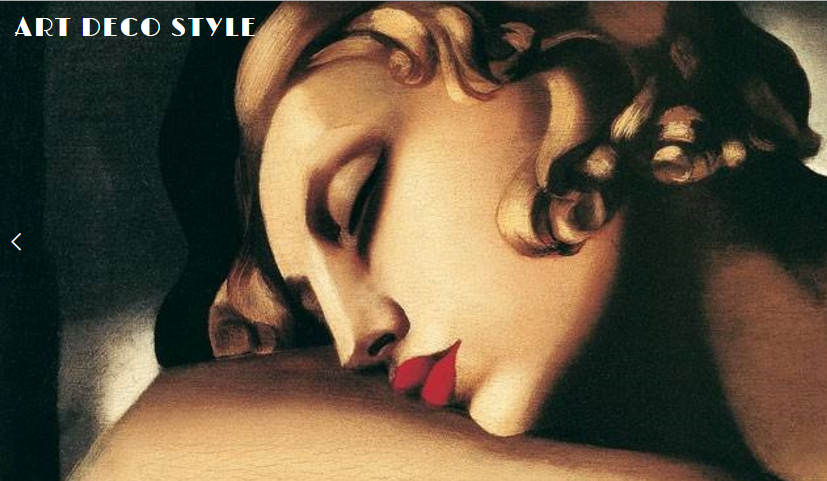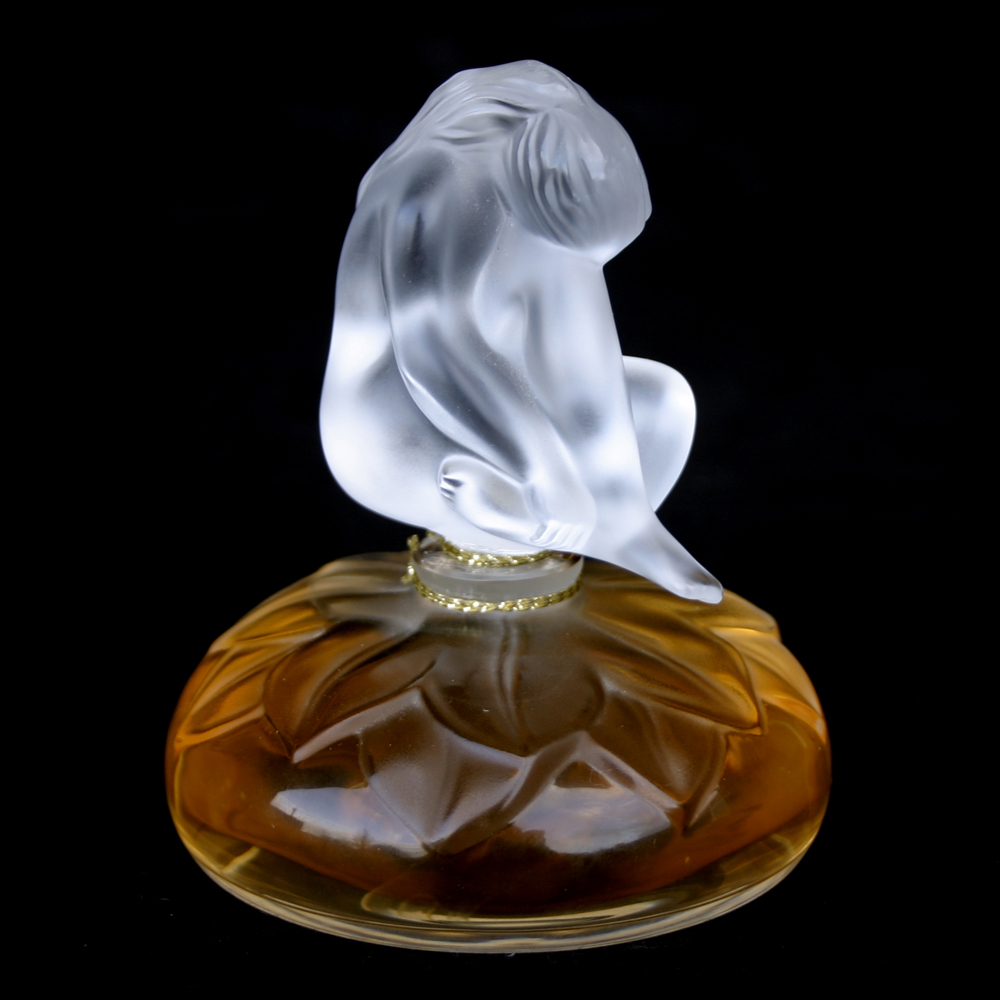In honour of #NationalBookLoversDay, I'm thrilled to have book critic, and my very dear friend, who goes by the pseudonym Surly Joe, review the quintessential Jazz Age book, 'The Great Gatsby' by F. Scott Fitzgerald. Enjoy!
The Great Gatsby by F. Scott Fitzgerald
Book review by Surly Joe
America entered the 1920’s with a collective postwar sigh of relief and a fervent desire to enjoy life and freedom. Dancing, drinking, driving and decor became hip for the young moneyed class. It was a brief bubble of an era that wouldn’t last too long thanks to the Great Depression that loomed. But for the splendid moment, it was “the hour of profound human change”. It was the Jazz Age.
The epitome of Jazz Age fiction is The Great Gatsby. Written by F. Scott Fitzgerald and
published in 1926, it describes beautifully the look and feel of the times for those with
abundance. Everything was large - the parties, the cars, the flow of alcohol. And the host of the novel’s festivities, Jay Gatsby, was larger than life as well. A mysterious and enigmatic character, the details of his background were unclear and suspicious, the source of his great wealth unknown. People flocked to his enormous Long Island mansion to take advantage of the never-ending luxury served by the butlers and caterers and to revel in the constant flow of food and drink. Orchestras played “yellow cocktail music” in the exquisite garden and the guests danced well into the night
Party scene from The Great Gatsby movie.
Along with its intriguing plot, The Great Gatsby also illustrates the Art Deco look of the period. The women, with “hair bobbed in strange new ways”, accessorized with “innumerable pottery bracelets” and “sparkled cold with jewels”, drinking champagne “served in glasses bigger than finger-bowls”.
Daisy in The Great Gatsby movie
Gatsby’s mansion exuded the international influence important to Art Deco style. His library was “paneled with carved English Oak, and probably transported complete from some ruin overseas”. He also had “Marie Antoinette music-rooms and Restoration Salons”. Down the vast corridors were other “period bedrooms swathed in rose and lavender silk”. His furniture was as long and lean as the women at his parties, as elegant as the silk-suited men.
On the surface of The Great Gatsby, freedom and joy reigned and its Art Deco look beautified everything it touched. But the novel is ultimately a tragedy. Simmering below the elegance is unhappiness and disillusion and the realization that some wishes cannot be purchased. Wealth can’t buy love. Affluence can fuel emptiness and a mansion can feel even bigger for its lonely inhabitant.
In his own words – Surly Joe is a moderately nondescript Toronto-based white guy who spends too much time contemplating the nature of boredom. His aspirations waver between wanting to be either a professional gambler or a Zen monk, with a touch of writing on the side. After completing university with a degree in a subject that does not readily lead to any sort of viable employment, he wandered through Europe and Northern Africa for a while collecting stories and useless trivia, circumstance led to a career back in Toronto. He now spends his money on food, friends, wine and annual trips to Las Vegas.
You can find more of Surly Joe`s book reviews on Penny Dreadful Books



